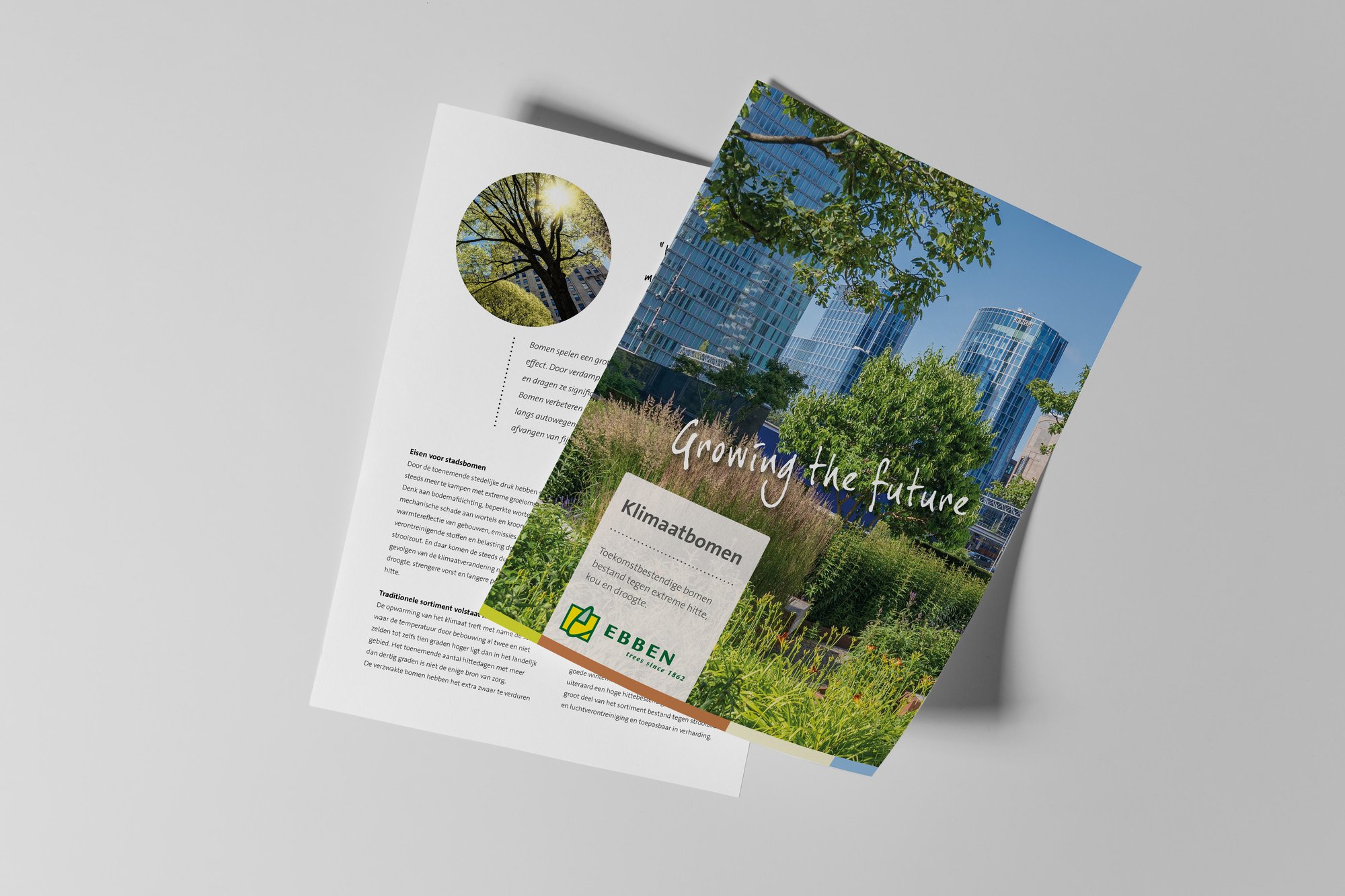Wadi: the importance of a good design and the right layout

Green and functional
The purpose of a wadi is to store and filter (rain)water and to allow it to infiltrate the soil. A wadi is in fact a green hollow or ditch in public spaces. Although wadi is originally an Arabic word and means a dry riverbed, the Dutch meaning is different. The letters stand for the functions of a wadi: Water, Afvoer, Drainage and Infiltratie [Water, Discharge, Drainage and Infiltration]. Wadis are primarily intended to absorb excess rainwater during heavy rainfall so that it does not get discharged down the drain. Infiltration of rainwater in the soil supports water resources during dry periods. In urban areas, the wadi has various functions and forms as part of the urban water system. It can be part of the green infrastructure of the city and make a contribution to biodiversity. In this article, we analyse chiefly the layout and design of the planting of a wadi. With the right planting, you can create more than a simple buffer.
Necessity of design
With the right wadi layout, you can make a difference, and the basis for this is a good design. This design has a technical aspect (amongst other things, discharge, structure of ground layers, infiltration units) and a visual aspect. The visual element chiefly concerns the planting plan, comprising trees, shrubs and perennials. This can establish the character of a residential neighbourhood. In addition, with proper construction, a wadi is also functional. For instance, a wadi can be ecologically valuable, serve as a playground or for other recreational purposes.
Because most wadis are situated in residential areas it is necessary to choose ornamental plants and not merely robust ones. Planting that is attractive to the residents and at the same time resistant to extreme high water levels and drought. The layout of the wadi is geared towards draining water via the ground. A good plant selection with a lot of foliage mass and an extensive root system aids this. It benefits the buffering capacity of the wadi and infiltration if a varied planting scheme is chosen rather than one that is monotone. If some native plants are chosen too, this provides a great deal of extra benefit to the pollinating insects.
The right plant in the right place
By using trees in or at the edge of a wadi you can increase its capacity. The volume of the tree (volume of foliage and roots) provides greater capacity to process the water. The root volume ensures that water can infiltrate more deeply and the crown volume, foliage surface, ensures that more water can evaporate. Trees contribute to the cooling of their surroundings through evaporation and by creating shade. This way they prevent the generation of the heat island effect. In addition, leaf volume at height creates an enclosed character and an intimate atmosphere in a residential neighbourhood compared with the open area formed by a wadi without trees.
In practice, choice of species is very important: after all, a wadi may be submerged for a few days but actually be a very dry environment for the rest of the year. The right plant in the right place is essential. When it comes to the remaining plants, the idea is to use different plants happy at various depths that can withstand drought and flooding to varying degrees. A sophisticated plant choice also boosts biodiversity.
Some favourites
Acer negundo (Ashleaf Maple), Alnus glutinosa (Black Alder), Carya illinoinensis (Pecan), Gleditsia triacanthos var. inermis (Honey Locust), Metasequoia glyptostroboides (Dawn Redwood), Nyssa sylvatica (Black Tupelo), Populus nigra (Black Poplar), Quercus nigra (Black Oak) Salix alba (White Willow), Taxodium distichum (Bald Cypress), Ulmus laevis (European White Elm)
The function of green
Experience highlights the importance of clearly specifying the function of a wadi in the design. If this is lacking, it loses its purpose and can very quickly become a car park or dog-walking area. A social function is more useful in a residential neighbourhood. An informative sign about observed species or the ecologically added value of the area can explain the purpose. The installation of an insect hotel or simple ‘natural’ play equipment can also help to clarify the function.
The conclusion is, therefore, that a well-designed wadi is more than a residual space where water can be buffered. With a sound planting design you ensure that the value of the space is clear and contributes to the primary function; allowing water infiltration in the ground. Trees can do a good job here with design, their deep, penetrating roots. They also retain the water for a long time on account of their vast leaf volume and slow down drainage . A good wadi has a sophisticated planting scheme to function properly.












